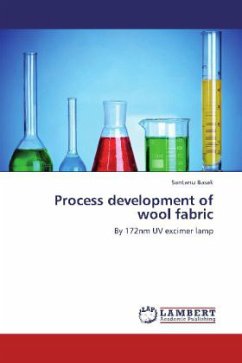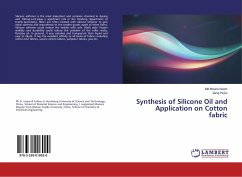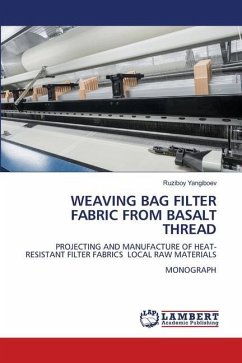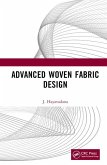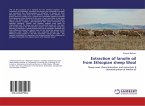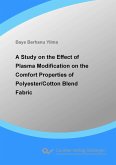Wool fibre has a so-called skin core structure. In this structure, the inner cortex is hydrophilic in nature due to the large number of polar groups contained in the polypeptide chains of the cortex. On the other hand, the outer surface of wool fibre is hydrophobic due to the presence of a high degree of disulphide cross-linkages in the cuticle and a film of fatty acids on the fibre surface which acts as a surface barrier against diffusion into wool fibres . Many chemical methods have been developed for modifying the wool fibre surface, such as chlorination and polymer deposition but these processes are often very harsh and modify the bulk properties, besides creating effluent problems . As a result of increasing environmental awareness and tougher government legislation on effluent discharge around the world, alternative methods with lower environment impact need to be explored and one such method is surface modification by physical means. Different types of radiation techniqueshave been utilized as alternatives to chemical processing of wool. In this book, focus is on the application of UV excimer radiation as a surface treatment to enhance the dyeability of wool fabric.
Bitte wählen Sie Ihr Anliegen aus.
Rechnungen
Retourenschein anfordern
Bestellstatus
Storno

